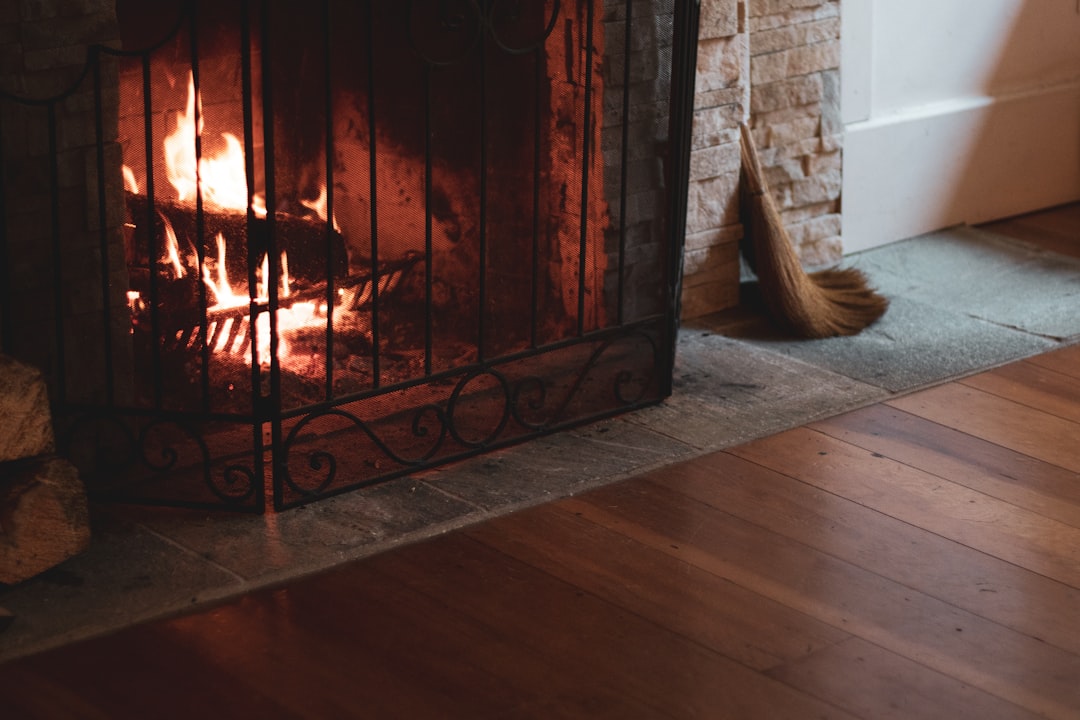Seasonal Affective Disorder (SAD) is a type of depression that typically occurs during the fall and winter months when daylight hours are shorter. This condition is characterized by a range of symptoms, including persistent sadness, fatigue, changes in sleep patterns, and difficulty concentrating. The exact cause of SAD is not fully understood, but it is believed to be linked to changes in light exposure, which can disrupt the body’s internal clock and affect the production of serotonin and melatonin—two hormones that play crucial roles in mood regulation and sleep cycles.
Research indicates that individuals living in northern latitudes, where winter days are significantly shorter, are more likely to experience SAD. The prevalence of SAD varies among different populations, with estimates suggesting that approximately 5% of adults in the United States experience this disorder. Symptoms can range from mild to severe, and while some individuals may only experience a few symptoms, others may find their daily functioning severely impaired.
The cyclical nature of SAD means that those affected often find relief with the arrival of spring and longer daylight hours. However, understanding the underlying mechanisms of this disorder is essential for effective management and treatment. Awareness of SAD can help individuals recognize their symptoms and seek appropriate interventions.
Key Takeaways
- Seasonal Affective Disorder (SAD) is a type of depression that occurs at the same time every year, usually in the winter months.
- Engaging in winter activities such as skiing, ice skating, or building a snowman can help boost mood and bring joy during the colder months.
- Consuming seasonal foods like root vegetables, citrus fruits, and hearty soups can provide essential nutrients and support overall well-being.
- Creating a cozy and comfortable environment at home with warm blankets, soft lighting, and comforting scents can help alleviate symptoms of SAD.
- Staying active during the cold weather by trying indoor exercises, yoga, or taking brisk walks can help improve mood and energy levels.
Finding Joy in Winter Activities
Winter offers a unique array of activities that can bring joy and excitement, even amidst the cold and darkness. Engaging in seasonal pastimes can serve as a powerful antidote to the feelings of lethargy and sadness often associated with SAD. For instance, ice skating on a frozen pond or participating in a friendly game of snowball fights can evoke feelings of nostalgia and playfulness.
These activities not only provide physical exercise but also foster social connections, which are vital for emotional well-being during the winter months. Moreover, winter sports such as skiing or snowboarding can be exhilarating ways to embrace the season. Many ski resorts offer lessons for beginners, making it accessible for those who have never tried these activities before.
The thrill of gliding down a snowy slope can be a liberating experience, allowing individuals to connect with nature while enjoying the beauty of winter landscapes. Additionally, winter hiking can be equally rewarding; trails that are less crowded during this season provide a serene environment for reflection and mindfulness. By immersing oneself in these activities, individuals can cultivate a sense of joy and purpose that counters the gloom often associated with winter.
Nourishing Your Body with Seasonal Foods

The winter months bring an abundance of seasonal produce that can nourish both body and soul. Root vegetables such as carrots, parsnips, and sweet potatoes are not only hearty but also packed with essential nutrients that support overall health. Incorporating these ingredients into meals can provide warmth and comfort during colder days.
For example, a hearty vegetable stew made with seasonal produce can be both satisfying and nutritious, offering a perfect remedy for winter blues. Additionally, citrus fruits like oranges, grapefruits, and lemons are at their peak during winter months. These fruits are rich in vitamin C, which is known to boost the immune system and enhance mood.
A simple citrus salad or a warm drink infused with lemon and ginger can invigorate the senses and provide a refreshing contrast to heavier winter fare. Emphasizing seasonal foods not only supports physical health but also encourages individuals to connect with the rhythms of nature, fostering a sense of gratitude and mindfulness about what they consume.
Creating a Cozy and Comfortable Environment
| Aspects | Metrics |
|---|---|
| Temperature | Average room temperature (in degrees Celsius) |
| Lighting | Light intensity (in lux) |
| Furniture | Number of comfortable seating options |
| Decor | Number of decorative elements (e.g. plants, artwork) |
| Ambiance | Subjective rating of overall comfort (on a scale of 1-10) |
The environment in which one spends time can significantly impact mood and well-being, especially during the darker months of winter. Creating a cozy atmosphere at home can serve as a sanctuary from the cold outside. Simple changes such as adding soft blankets, warm lighting, and inviting scents can transform a space into a comforting retreat.
Candles or string lights can create a warm glow that mimics the sun’s rays, helping to alleviate feelings of gloominess. Incorporating elements that evoke comfort is essential; for instance, setting up a reading nook with plush cushions and favorite books can encourage relaxation and escape from daily stressors. Additionally, engaging in activities like baking or crafting can fill the home with warmth and creativity.
The act of creating something tangible can be incredibly fulfilling and provide a sense of accomplishment during times when motivation may wane. By intentionally designing a cozy environment, individuals can cultivate an atmosphere that promotes relaxation and joy throughout the winter months.
Staying Active Despite the Cold Weather
Maintaining physical activity during winter is crucial for both physical health and mental well-being. While the cold weather may deter some from outdoor exercise, there are numerous ways to stay active without sacrificing comfort. Indoor activities such as yoga or dance classes can be invigorating alternatives that keep the body moving while providing an opportunity for social interaction.
Many community centers offer classes tailored to various skill levels, making it easy for anyone to participate. For those who prefer outdoor activities, dressing appropriately for the weather is key to enjoying winter sports like snowshoeing or cross-country skiing. These activities not only provide cardiovascular benefits but also allow individuals to appreciate the beauty of winter landscapes.
Engaging in regular physical activity releases endorphins—natural mood lifters—that can help combat feelings of sadness associated with SAD. By finding enjoyable ways to stay active, individuals can enhance their overall well-being while embracing the unique aspects of winter.
Seeking Support from Loved Ones
The importance of social support cannot be overstated when it comes to managing Seasonal Affective Disorder. Connecting with friends and family provides emotional sustenance that can help mitigate feelings of isolation often experienced during the winter months. Engaging in regular check-ins or planning social gatherings can foster a sense of belonging and community.
Whether it’s hosting a cozy movie night or participating in group activities like cooking classes or game nights, these interactions can uplift spirits and create lasting memories. Moreover, sharing experiences with others who understand what one is going through can be particularly beneficial. Support groups—whether in-person or online—offer safe spaces for individuals to express their feelings and learn coping strategies from others facing similar challenges.
The act of reaching out for support not only alleviates feelings of loneliness but also reinforces connections that are vital for emotional resilience during difficult times.
Practicing Mindfulness and Meditation
Mindfulness practices have gained recognition for their ability to enhance mental well-being, particularly during challenging seasons like winter. Engaging in mindfulness meditation allows individuals to cultivate awareness of their thoughts and feelings without judgment. This practice encourages individuals to stay present in the moment rather than getting lost in negative thought patterns associated with SAD.
Simple techniques such as focusing on breath or engaging in guided meditations can help ground individuals during moments of distress. Incorporating mindfulness into daily routines can also take various forms beyond traditional meditation. Activities such as mindful walking—paying attention to each step while appreciating the surroundings—can be particularly effective during winter walks when nature is transformed into a serene landscape.
Journaling is another powerful tool; writing about thoughts and feelings can provide clarity and serve as an emotional release. By integrating mindfulness practices into daily life, individuals can develop greater emotional resilience and cultivate a more positive outlook throughout the winter months.
Exploring Professional Help and Therapy Options
For those struggling significantly with Seasonal Affective Disorder, seeking professional help may be necessary to navigate the complexities of this condition effectively. Mental health professionals can offer tailored strategies that address individual needs, including cognitive-behavioral therapy (CBT), which has been shown to be effective in treating SAD. CBT focuses on identifying negative thought patterns and replacing them with healthier perspectives, empowering individuals to manage their symptoms more effectively.
In addition to therapy, light therapy has emerged as a popular treatment option for SAD. This involves exposure to bright artificial light that mimics natural sunlight, helping to regulate circadian rhythms and improve mood. Many individuals find relief through consistent use of light therapy boxes during the darker months.
Consulting with healthcare providers about medication options may also be beneficial for some individuals experiencing severe symptoms. By exploring these professional avenues, individuals can gain valuable tools and support to navigate their experiences with Seasonal Affective Disorder more effectively.



